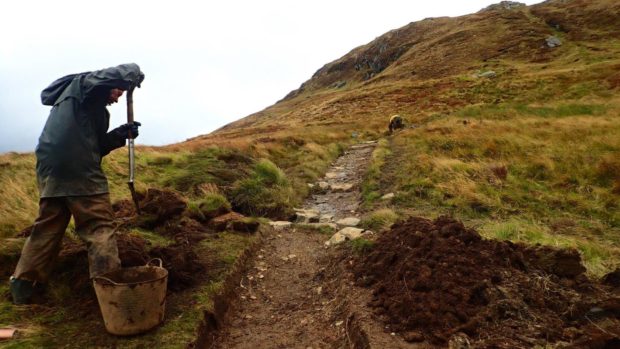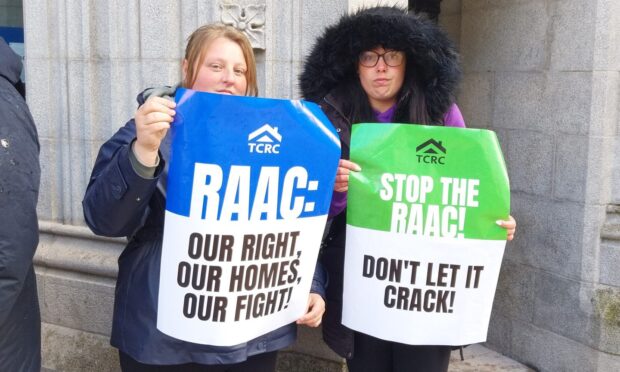Scotland’s mountain paths are under threat from major erosion caused by a surge in people enjoying the great outdoors after the easing of full lockdown.
The National Trust for Scotland (NTS) maintenance teams have noticed a significant impact on the around 270 miles of paths under its care, caused by thousands of additional boots this year compared to previous decades.
The organisation is now seeking the public’s help in preventing further damage, which includes the destruction of delicate vegetation and walkers causing problems by going off-route for social distancing purposes.
Across the eight Glencoe Munros the trust cares for, mountain path counters have recorded a 30% increase in visitor numbers since the end of hard lockdown this summer compared to 2019 figures.
Some of the worst damage has been noted at Ben Lomond and Ben Lawers, both of which are cared for by the NTS.
Typically, Ben Lomond is enjoyed by 45,000 to 60,000 walkers per year, but by the middle of October, the trust registered at least 70,000.
And at Ben Lawers since lockdown eased, the NTS recording devices have shown monthly visitor figures are twice that seen in 2019.
David Frew, operations manager at Mar Lodge Estate in Upper Deeside close to Braemar, said: “When lockdown eased, Mar Lodge Estate experienced record numbers of visitors and footpaths have undoubtedly suffered.
“The sheer size of Mar Lodge means that people tend to disperse quite quickly, but around the main access points and popular routes, the additional numbers have had a significant impact.
“This has been compounded by the fact that it wasn’t possible to carry out much of the annual maintenance that would normally happen on our 186 miles of public footpath during the early part of the year.
“It’s really fantastic that so many people were able to get out on the estate over the summer, and we will be working hard to repair footpaths next spring.
“100% of car park donations at Mar Lodge are spent on footpath maintenance.”
Helen Cole, NTS property manager at Ben Lawers added: “People don’t know they’re doing it but something as simple as walking off the path can be quite a big problem if it’s done in the numbers that we’ve had recently.
“Social distancing has got a major part to play too, as people try and avoid getting too close to others.”
The NTS has urged visitors to Scotland’s hills and mountains to protect the paths by only going off paths temporarily to allow others to pass safely, and walking in single file, especially on narrow sections.
Verges can be softer, and when walked on repeatedly can start to get muddy and boggy quickly, starting the erosion process.
Metal-tipped walking poles have also been advised against, as rubber-ended poles cause less damage.
Walkers should also take all litter home, as items like banana skins and orange peels can damage fragile mountain ecosystems.
Elsewhere in Aberdeenshire, a spokeswoman for the Baillies of Bennachie group said the hill’s paths have not been particularly damaged by the increase in walkers enjoying the outdoors, but lockdown caused problems for route maintenance programmes.










